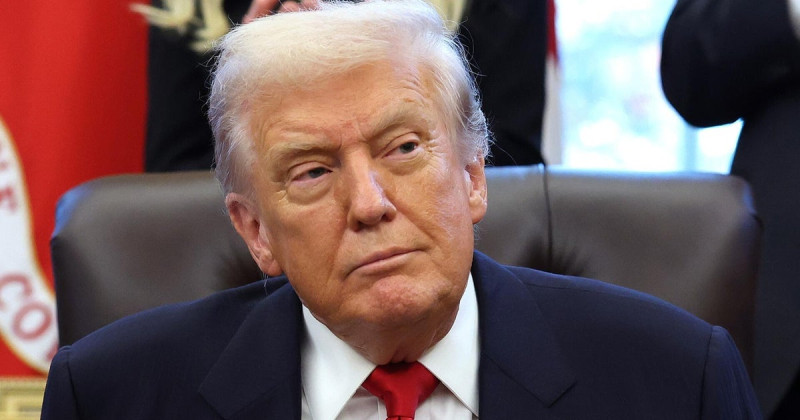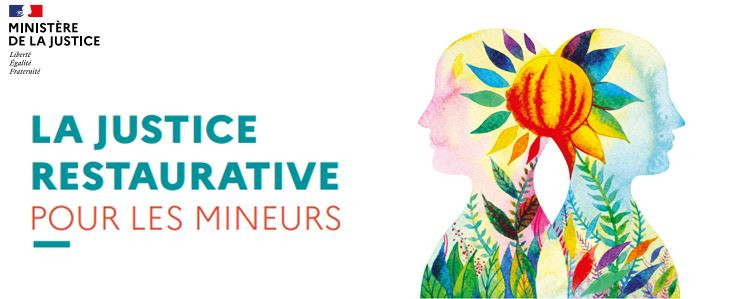President Donald Trump stirred up buzz this week with a fresh proposal to hand out $2,000 checks to most Americans, funded straight from tariff revenues. In a fiery Truth Social post on November 9, 2025, he called tariff critics "fools" and boasted about the policy turning the U.S. into the "richest, most respected country" with record stock markets and booming factories. The idea? Use the trillions in tariff dollars pouring in—estimated at $300 billion to $400 billion a year—to pay down the $37 trillion national debt while cutting dividend payments to everyday folks, skipping those with high incomes.
But hold on—details are thin. Trump didn't spell out who qualifies as "high income," though experts guess it might mean households over $100,000 annually. That could leave about 150 million adults eligible, potentially costing $300 billion just for them, not counting kids. Treasury Secretary Scott Bessent admitted on ABC he hasn't even chatted with the president about it yet, hinting the payout might morph into tax breaks like no taxes on tips or overtime from recent laws. Earlier this summer, Senator Josh Hawley pushed a smaller $600 rebate bill, but it stalled in committee.
Skeptics aren't buying the math. Economists warn these dividends could spike inflation, already nudged up by tariffs that businesses pass to consumers. Plus, a Supreme Court case looms over whether Trump can impose these tariffs without Congress, and any checks would need lawmakers' green light anyway—like the pandemic stimulus rounds. For now, it's all talk, no action, as the administration juggles debt reduction with this flashy rebate pitch.
With tariffs reshaping trade and wallets alike, one wonders if this dividend dream will deliver real relief or just more political theater.



